Above: Endpapers from Sweaterweather
Author/illustrator Sara Varon is one of my all time favorites! From her color palette and quiet humor, her touching characters and story lines, her books welcome us into her world which is a pretty great place to be.
I’m so happy she agreed to be my first face-to-face interview. One chilly night we met for snacks in Brooklyn. Here is what we talked about:
The Scoop on Sara Varon
Caffeine of choice: Iced tea (I hope that’s not too old lady-ish of me)
YouTube video you can’t stop watching: I’m a Luddite and I rarely watch YouTube
Hometown: Suburban Illinois
Now lives in: Brooklyn
Tools of the trade: Ink, brush, paper, Photoshop
Favorite thing to read: I just love a great story, in any form – novels, picture books, short stories, fiction, or non-fiction
Favorite food: Baked goods!
Most prized tchotchke: Oh, there are too many to list.
Cat or dog: Uh, dog, hands down.
Favorite children’s book
…as a child: the Frances books by Russell Hoban, Richard Scarry books
…as an adult: Some favorite graphic novels are the Aya books by Clement Oubrerie and Marguerite Abouet, The Rabbi’s Cat by Joann Sfar, and Moomin and the Golden Tail by Tove Janssen
Ruthie: What technique do you use to do your final color?
Sara: I draw on paper, with a brush and ink. Then scan it and color with Photoshop.
Ruthie: What kind of paper?
Sara: Whatever is cheap. For freelance work and thumbnails, I just use Xerox paper. But for books, if it’s something important, I use Bristol, but nothing fancy. For the ink I always use Dr. Ph. Martin’s Black Star. It’s the best.
Ruthie: Are you drawings little?
Sara: I usually draw at 150%. I think most people draw bigger and reduce. Then you don’t see the mistakes. It looks really clean at the smaller size. And the math is easy.
Ruthie: What is a typical day like?
Sara: Now I am in a studio space and way more productive. I usually get to the studio around 9 or 10. Except for looking up stupid things online, I’m relatively focused. At some point, I usually go to the Y to swim or go to the park to run, and I head home around 8.
Ruthie: Are you better earlier in the day or later?
Sara: I think I get the most done at the end. Because in the morning you think: I’ve got all day, I’ll just do this thing and then this other thing... and then towards end, you just have to do it until it gets finished. So at the last minute (i.e. late afternoon or evening) is when I get the most stuff done.
Ruthie: Did you always know you wanted to do children’s books?
Sara: No. In fact, I must be the stupidest person ever, but I didn’t even know that being an illustrator was a job until I was about 25. I did go to art school for undergrad, but I went to the Art Institute, where they really looked down their noses at the commercial arts (at least they did in the early 90’s,) so I didn’t even understand that it was an option.
Ruthie: And then you had a story idea?
Sara: Not at all…I was an offset printer for a long time and then I remember seeing this Communication Arts magazine at the bookstore. It was their illustration annual and I thought: Whoa, you mean people get paid to draw things in books and magazines?! I didn’t realize! After that I picked up a few little illustration jobs, but mostly I worked at my dead-end day job. In my late 20’s, my mom convinced me to go back to school (thanks, mom!) and at 30, I started at SVA in their MFA Illustration department. I did a children’s book for my thesis, which I later sold (it was Chicken and Cat) and went on from there.
Ruthie: You have several diverse projects and mediums on your website…how does all that help with your illustration?
Sara: I think it’s really important to experiment. I hope the experiments will somehow be absorbed into my work and help my work evolve, although that doesn’t seem to happen as much as I’d like. Some illustrators I know love to draw, they always have a sketchbook and draw people on the subway and have amazing drawing skills. I wouldn’t say I like drawing for the sake of drawing. I don’t keep a sketchbook. But I see drawing as a means to end and I like that about it. So I guess that I like to make things, and drawing is part of that.
Ruthie: So making those things acts as your sketching?
Sara: Yes, I guess so. It’s all part of a whole I think.
Ruthie: How did you make the Turkish carpet?
Sara: One of the instructors at SVA is Turkish, and he has a connection with women who weave Turkish carpets. His students and friends can donate an 18”x18” design and then you get one – which is amazing! I had to pay for the cost of the materials on the 4’x6’ one, but it was nominal. It was fun to design – in traditional Turkish carpets you design a quarter and then it’s mirrored horizontally and then vertically so it all turns out symmetrical. So I made a design that would work in that format.
Ruthie: Your color palette is so specific to your work. What inspires your palette?
Sara: I think everyone has an innate color palette. I am naturally drawn to bright blues and greens. I don’t really know what inspires my palette because it seems inherent to me.
But I do think sometimes that color is like math. If I’m working on an illustration and I start with one color, then I have to figure out what is the right color that will add up to the effect that I want.
Color is really emotional. I wouldn’t want to work in black in white. I think color is so exciting. That’s actually my favorite part of making images, doing the coloring at the end.
Ruthie: Who or what are your influences?
Sara: Sesame Street and the Jay Ward cartoons I watched as a kid were really formative to my sensibility. Also, the Richard Scarry books that I read.
As an adult, my influences come and go. My favorite writers and illustrators are always changing. However, one person I’ve referred to over and over is William Steig…his drawings are so good and his stories are so resonant. I like Doctor De Soto and Amos and Boris the most. Another really good one is The Real Thief. But all his books are good.
A big current influence is NoBrow books. I love their design and color sensibility. They just started a children’s book imprint called Flying Eye Imprint, which puts out some great stuff. Enchanted Lion publishes some great children’s books too.
Ruthie: Any non children’s book art that influences your work?
Sara: My friends. I have a former SVA classmate who has a particularly big influence on my work: Aya Kakeda. She does illustration and fine art. It seems like great projects just pour out of her. I’m envious of that, because I feel like I really have to squeeze out the ideas. When I’m working with her, I think oh this isn’t so hard and I think I make better stuff. She makes art-making seem really effortless.
Ruthie: You do both graphic novels and picture books. How was it different or similar to make them?
Sara: At first I did short stories so it was hard to do a long story for my first graphic novel. But now that I’ve done a few graphic novels, I find it’s harder to work on a short story. Picture books are so distilled, nothing extra. They have to be perfectly concise. But what I like about the graphic novel is that you can make a whole world, you can put in all these extra details. There can be side stories and characters that are not that important but are really fun. You don’t have that freedom in a picture book.
Ruthie: Your books, especially the two graphic novels, work for both the very young and adults on different levels, was that intentional?
Sara: It wasn’t intentional, but it always makes me happy when people say that. I’ve always loved things that are for people of all ages, like the Simpsons or Bugs Bunny or Rocky and Bullwinkle. They work on a lot of levels, so there is something for everyone.
Ruthie: Robot Dreams is moving, we don’t normally get to see a story that doesn’t end in the typical happy ending. How are you able to make emotionally resonant work?
Sara: I knew when I started the book that the characters wouldn’t get back together, although I had no idea how it would end. When I sell a graphic novel project, it’s usually just a page typed out and I don’t always have the end worked out. That’s a fun aspect about the process of making them; the end often comes as a surprise to me. As for being emotionally resonant, I think I just got lucky. I don’t have a formula for that. But I did always intend for a less-than-happy ending.
Ruthie: Was it ever an issue on the publishing side about them not getting back together?
Sara: No. Nobody said anything.
So far, people haven’t often told me I couldn’t do something. I can only think of one or two instances. In Chicken and Cat Clean Up, there was a scene of a rat mugging a ladybug, and in the scene, the rat is punching the ladybug. The editor said punching was not allowed, so he had to push down her instead.
But otherwise, editors don’t usually say: “You can’t do that.”
Speaking of editing, my book agent usually does a lot of editing during the project. She’s amazing. I feel like I owe a lot of the success of my books to her.
Ruthie: How did you find her?
Sara: Somebody hooked us up a long time ago.
Ruthie: For Robot Dreams, when you’re thinking of the story, do you only think of it visually since there are no words? Or did you first have to write it out?
Sara: First I write out what will happen. Then I break up the events into pages and the pages into panels. I write in words what will happen in each panel. Then I thumbnail it.
Here is the sequence for Bake Sale I often do at school visits:
Ruthie: That reminds me, is that your handwriting in Bake Sale, or is it a typeface?
Sara: It’s a mix. First Second had a font made of my handwriting, and I use a mix of the two. I find that the font doesn’t look quite right – the spacing is a little too tidy. But hand-lettering takes ages. So I use hand-lettering for short things, like signs, sound effects, and short dialogue, and the font for longer things, like elaborate dialogue or narration.
Ruthie: You sent me this great link from the School Library Journal that describes your upcoming projects. Which leads me to this question: Are your dummies/thumbnails always so neat?
Sara: They always look like that. Neat in what way?
Ruthie: They appear done. They are so tight already.
Sara: I’m flattered you think they are neat. The proportions may change when I go to the final, but I guess the thumbnails are pretty close to the final. It helps that my final drawings are pretty simple.
Ruthie: I’m very excited about your Donkey project (donkeys are one of my favorite animals) can you tell us about it?
Sara: Thanks! That’s the one I’m most excited about. It’ll be about 192 pages and 7×9 inches, same as Odd Duck. It will also have a lot of single full-page illustrations (like Odd Duck,) which I loved making. You can really do a lot with those.
My husband is Guyanese, and we’ve been making annual visits to Guyana to see his family for the past several years. So the story was inspired by my visits to Guyana, which is an amazing place. It’s such a different world and a different way of life than what I’d seen before. His family lives in a town without things like garbage service, indoor plumbing, or internet, so I felt like I was discovering a new world the first few times I went there. Also, the landscape and animals are unlike anything I’d ever seen before. I wanted to convey that sense of discovery to readers. The main character, Francis the donkey, lives a provincial life in a tropical village but is forced into taking a journey into the jungle, where he (like me, and hopefully the reader too,) discovers a new and exciting world.
Ruthie: So you are working on all of these projects at the same time?
Sara: Oh, no. The press release just came out, so it seems like I just whipped out all these projects. But it’s really the culmination of about five years of work. They just happen to be all coming out around the same time. I couldn’t work on them all simultaneously because it’s hard to go back and forth between projects.
Thank you so much to Sara Varon for sharing her insights with us! We can’t wait to see her upcoming projects. For more info and good stuff check her out here: http://chickenopolis.com/ and here.
FUN FACT:
Illustrator Neil Numberman tipped me off to the fact that the three of us share a birthday!

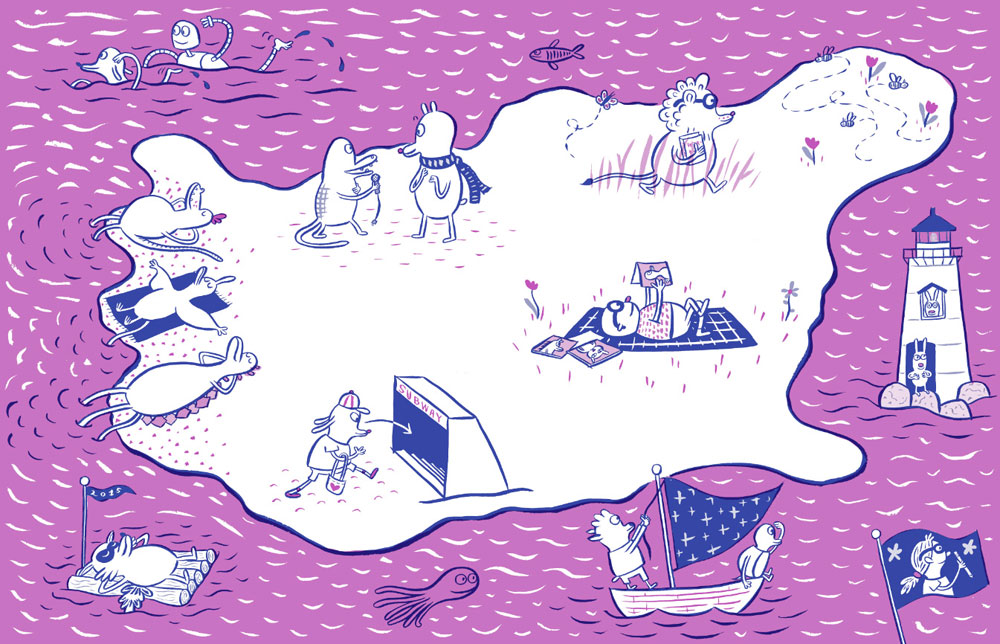
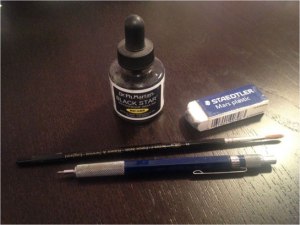
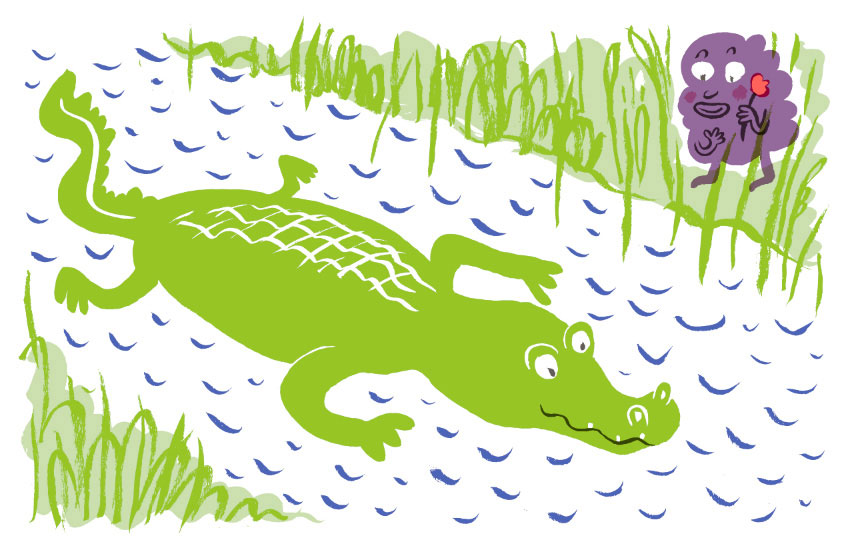
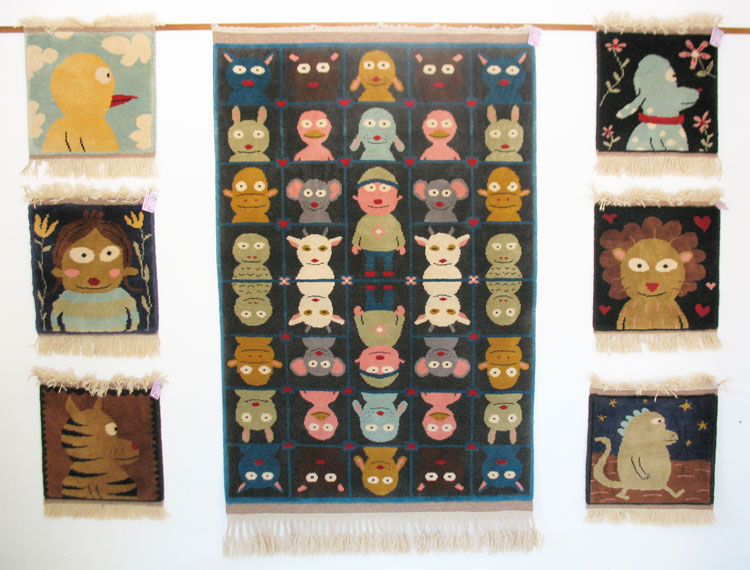
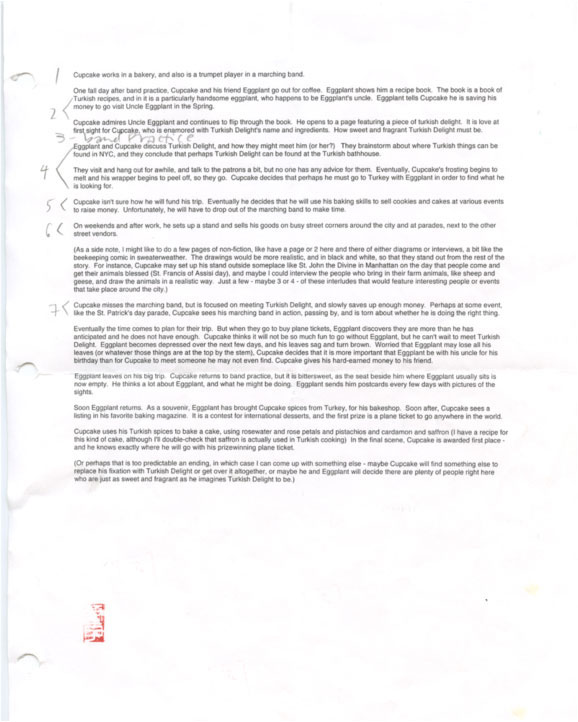
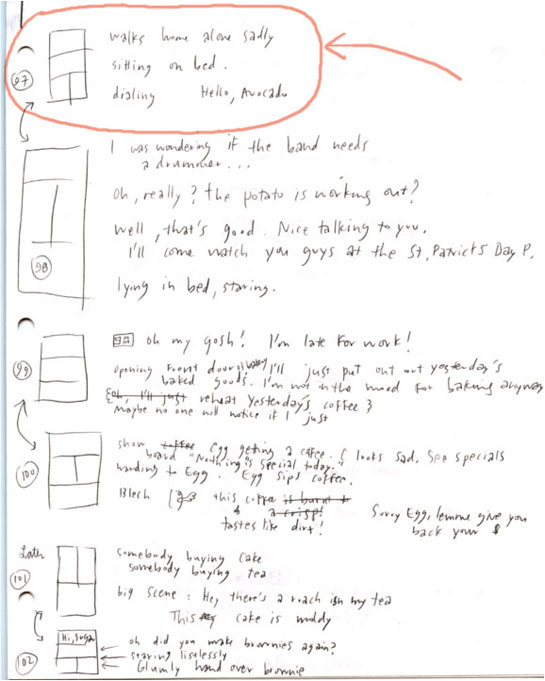
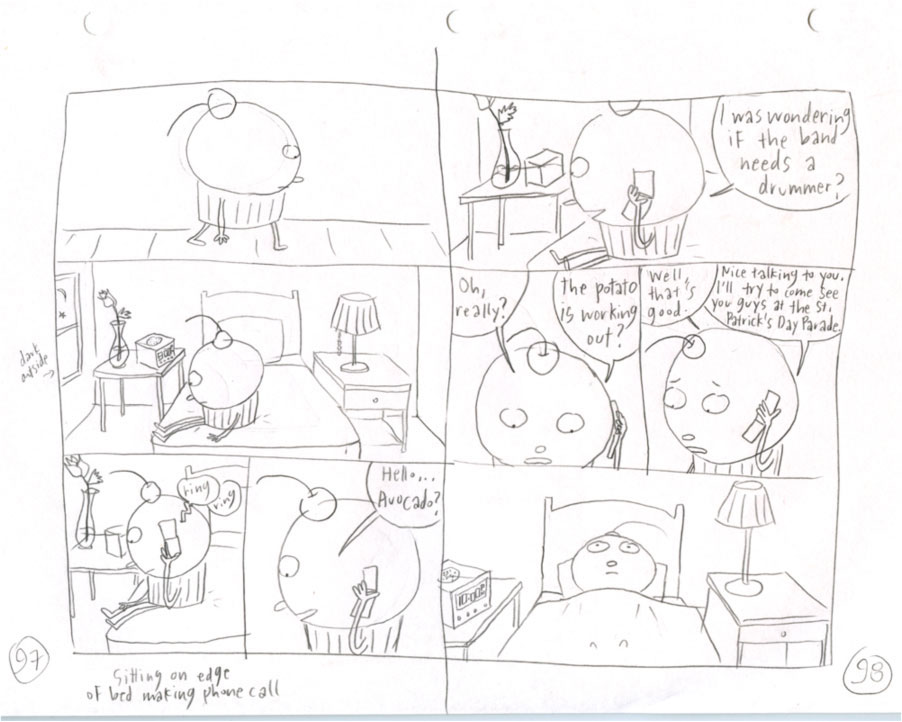
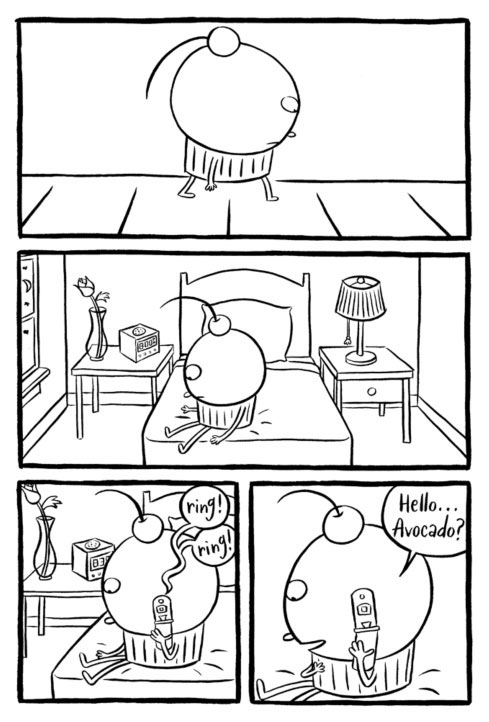
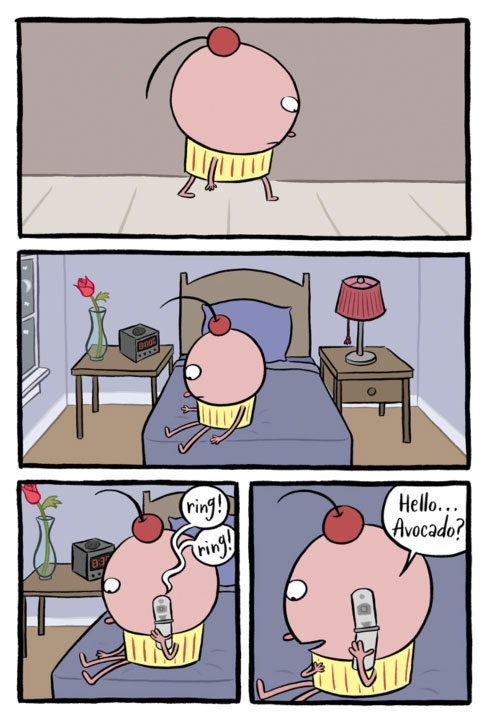
Pingback: next interview | chickenopolis